Expanding Florida’s Rental Housing Supply Through Adaptive Reuse
Adaptive reuse is a unique opportunity for public and private investment to work together to solve the housing crisis in Florida.
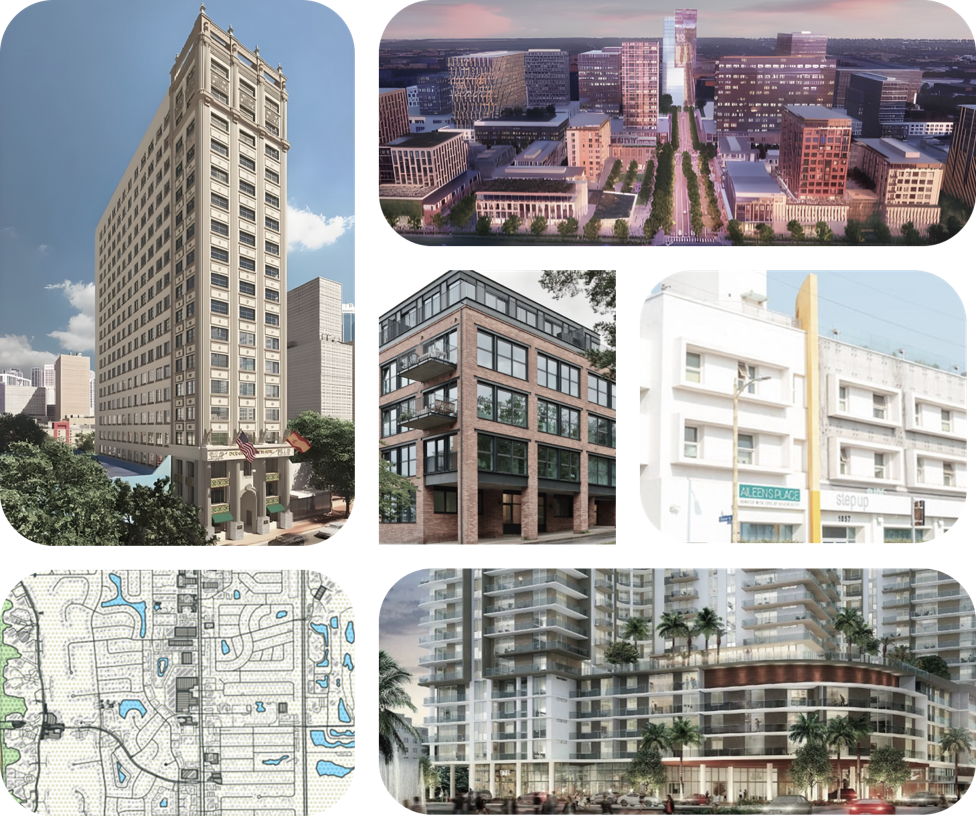
Adaptive reuse is a unique opportunity for public and private investment to work together to solve the housing crisis in Florida.


Tampa’s Armature Works, a former trolley barn, has been transformed into a thriving mixed-use space featuring a market hall, restaurants, and event spaces.
Adaptive reuse refers to the process of repurposing existing structures for uses other than their original intent, offering an efficient and sustainable solution to the evolving needs of urban environments.
Particularly in the current context of housing need, adaptive reuse presents a timely opportunity for residential conversions.
Through this project, we identified four policy ideas that can unlock adaptive reuse across the state. Each case study uses one or more of these policy ideas to expand housing through adaptive reuse.
The decline of traditional malls provides a unique opportunity to reenvision these vast spaces as holistic town centers. By infusing them with a mix of housing, offices, and recreational facilities, we can create vibrant, pedestrian-friendly hubs that cater to a wide range of community needs, fostering a sense of place and connection.
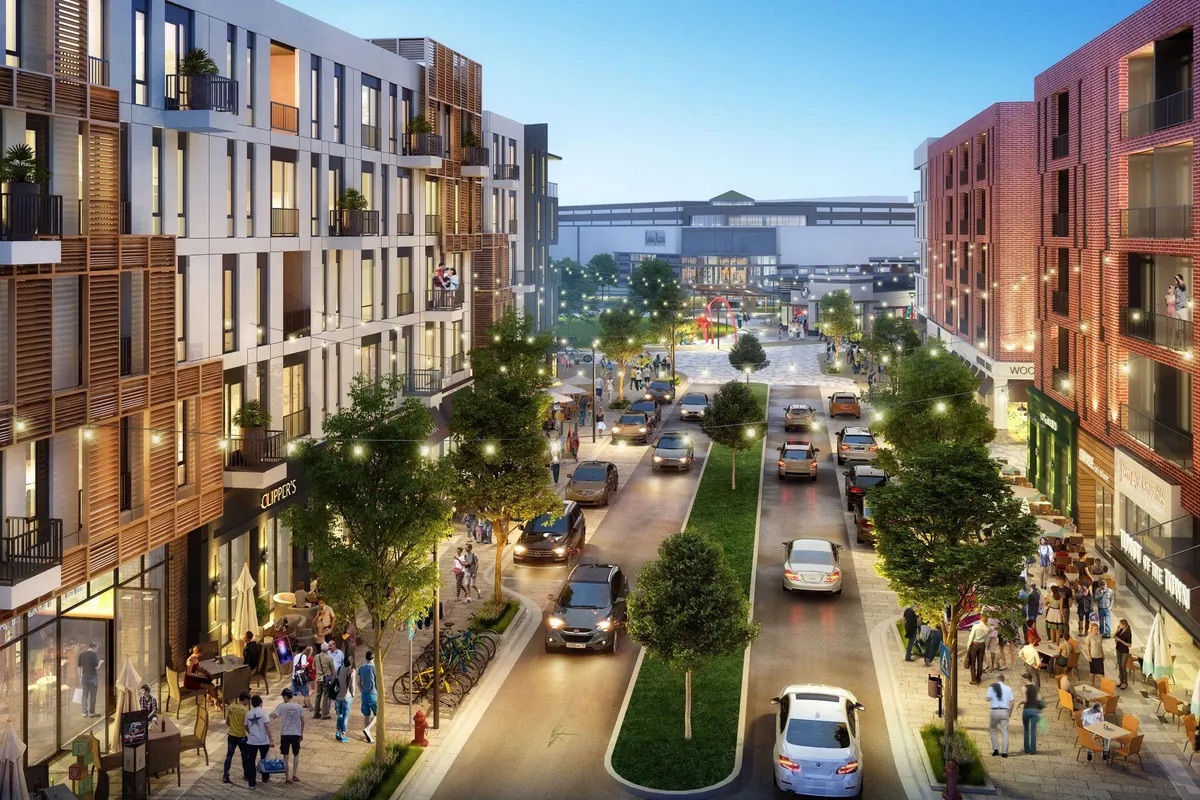
Regency Mall, Jacksonville, FL
Repurposing downtown office spaces presents a chance to breathe new life into central urban areas, converting underutilized or aging office structures into vibrant residential, retail, or mixed-use spaces. This transformation can increase downtown foot traffic, diversify the local economy, and enhance nighttime vibrancy.
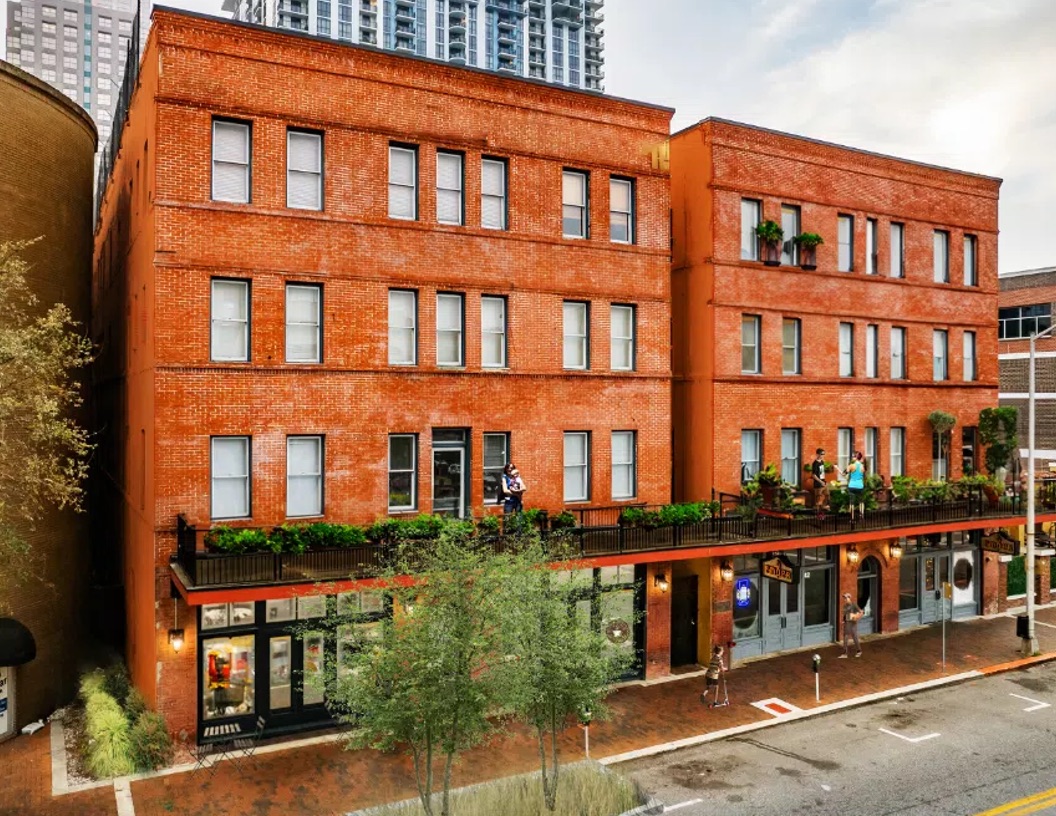
Empire Office Building, Orlando FL
Conversions of motels and hotels that would otherwise perform poorly with low occupancy are an opportunity to add new critical affordable apartment homes.
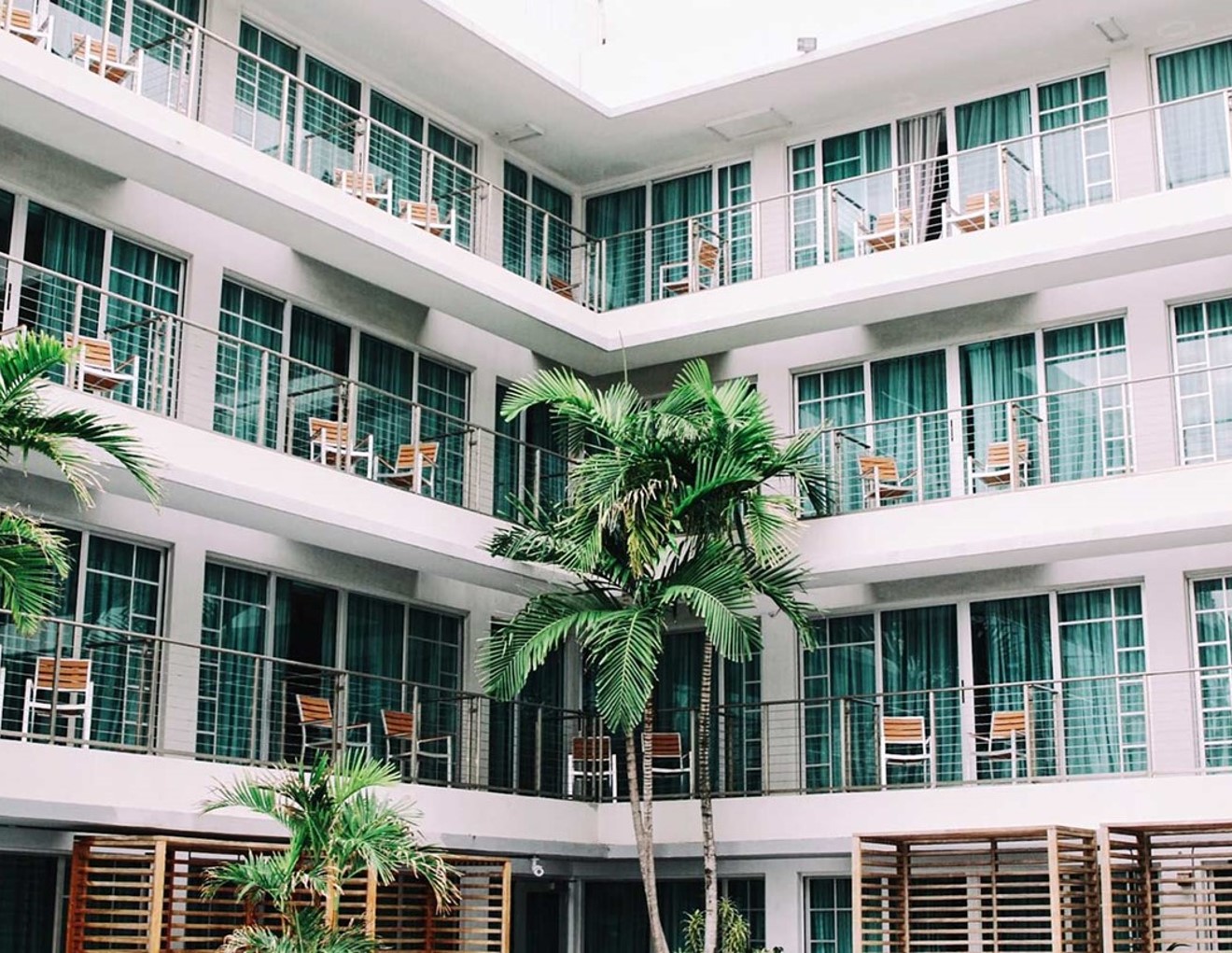
Inn On the Hill Motel, St. Petersburg, FL
Integrating housing options into commercial corridors offers dual benefits: It injects a residential population that can support local businesses, and it promotes walkability. This approach creates lively, 24-hour neighborhoods and provides much-needed housing in job-rich corridors while optimizing land use in densely populated areas.
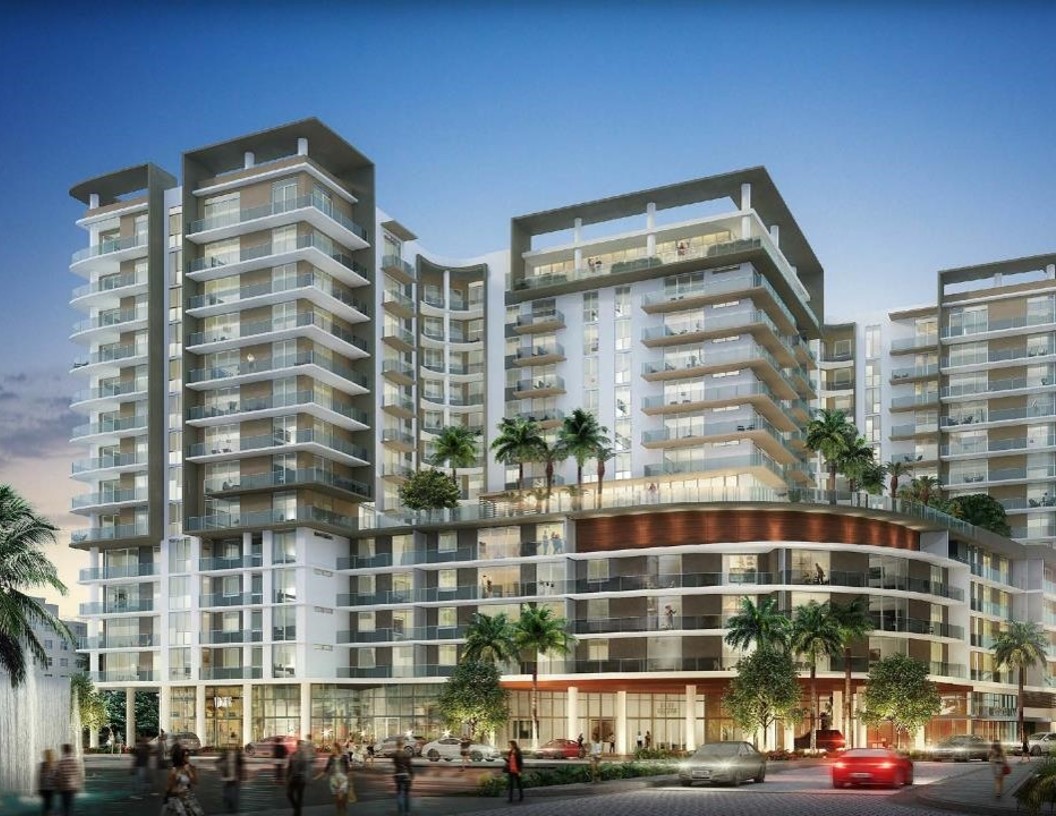
Park Shore Plaza Shopping Center
Historic office buildings stand as testaments to a city's architectural and cultural legacy. By preserving and adaptively reusing them, we not only uphold this rich history but also introduce modern functionalities—creating spaces that are both character-rich and equipped to serve contemporary demands.
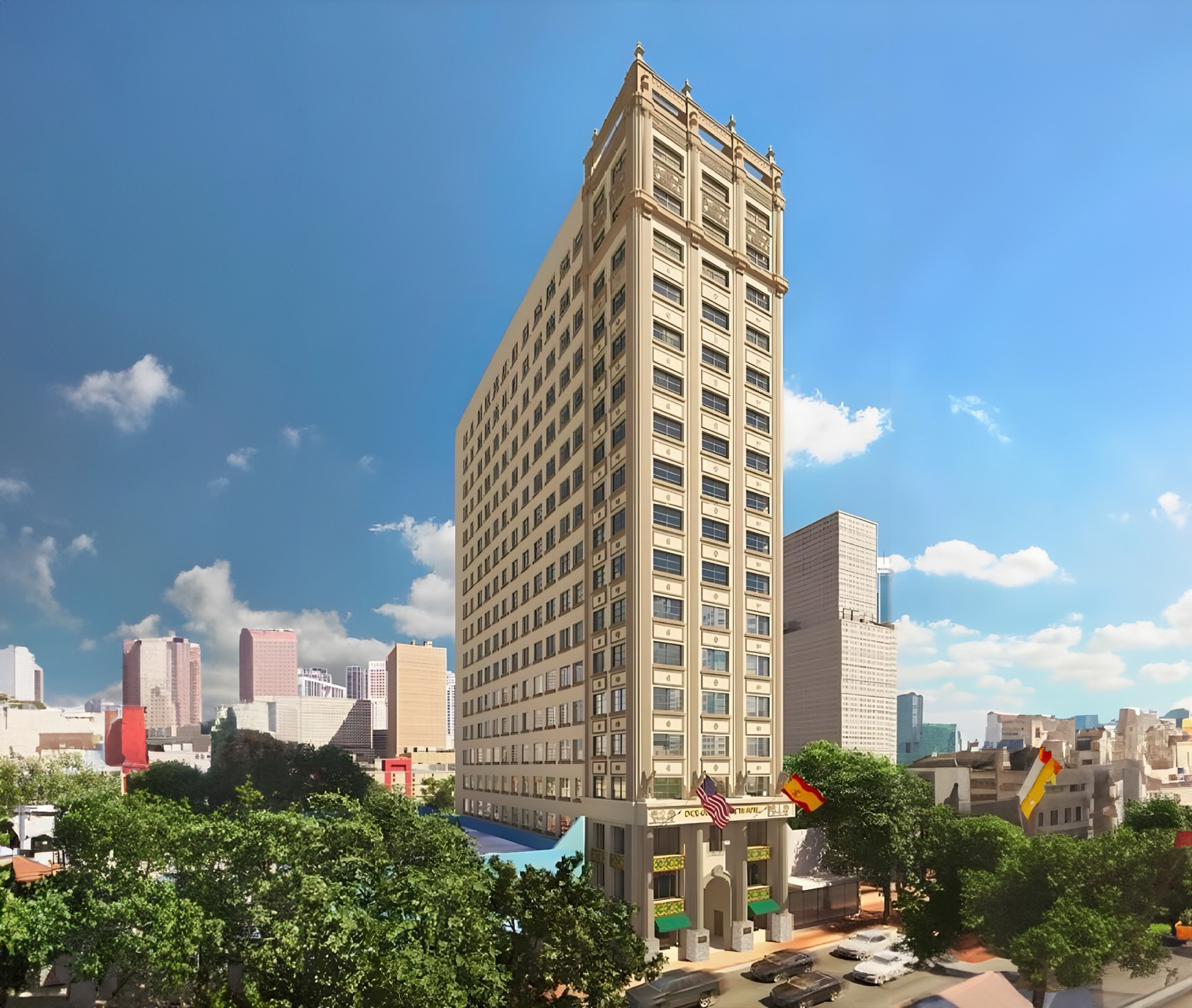
Dade-Commonwealth Office Building, Miami, FL
This is a financial incentive provided by a state government, designed to promote the preservation and adaptive reuse of historic properties.
When property owners or developers undertake a restoration project for a designated historic structure, they can receive a tax credit against their state tax liability.
This credit is usually calculated as a percentage of the eligible expenses incurred during the restoration or rehabilitation process (10% in most states).
Zoning and tax incentives have unlocked a large set of properties across the state through the Live Local Act. However, projects below 70 units do not qualify. As such, separate negotiations with the county and city may be required, delaying affordable units across the state.
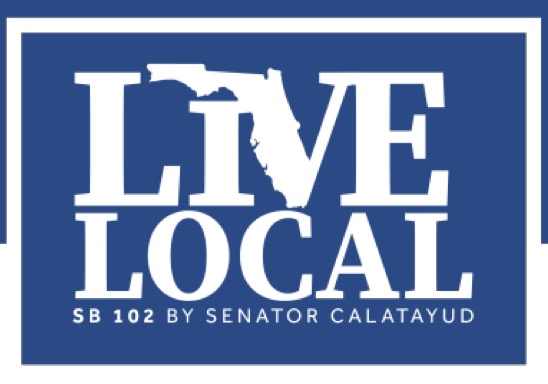
Downtown revitalization incentives, like the ones in Miami and Orlando can go a long way in ensuring that new adaptive reuse projects in downtowns across the state can breathe life into downtowns as a mix of residential, commercial and recreational spaces can deliver economic impact, increase tourism, and promote sustainability.
A city or other public entity acquires land and conducts master planning efforts, leasing out land to developers for long-term agreements. These are often paired with property tax discounts or PILOTs (Payment In Lieu Of Taxes) to incentivize development in a strategic part of the city.
Once a city acquires land, rather than selling these lands to developers, the city becomes a master lessor, leasing out the land to developers under long-term agreements. These lease agreements can stipulate specific developmental guidelines ensuring that projects align with the city's broader urban vision for mixed-use development.
The leases are often under market rate, to first provide the incentive for private investment in the area. Future lease revenues can be reinvested into public amenities, infrastructure, or further land acquisition. This approach not only stimulates purposeful urban development, but also retains public control over valuable land assets, enabling dynamic and responsive city planning over time.